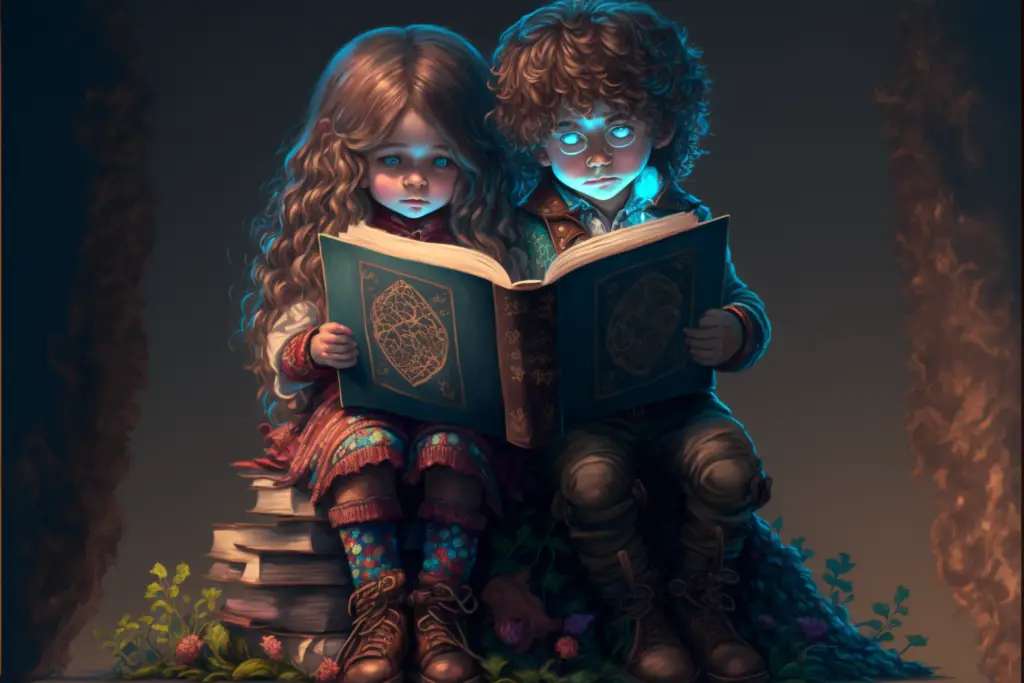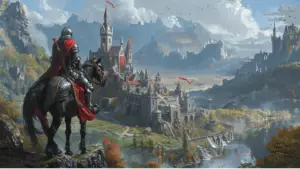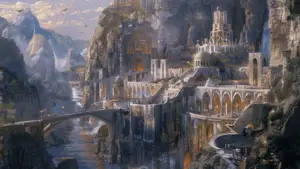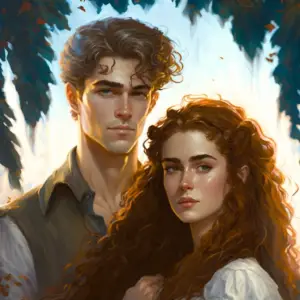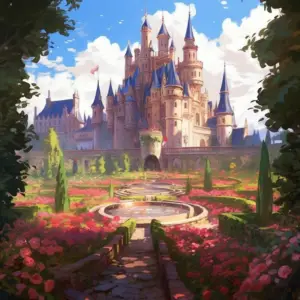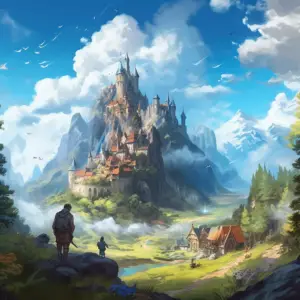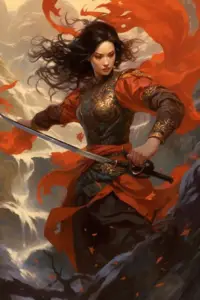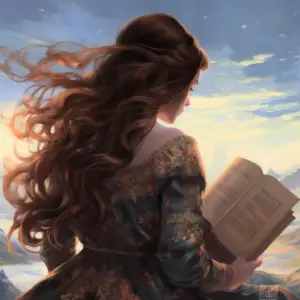Fantasy has existed for as long as humans have had campfires and speech. These are the stories used to explain the unknowns. We call them myths, legends, and fairy tales. This folklore provides color and depth to a culture’s history. Yet J.R.R. Tolkien is often credited as the father of modern fantasy.
J.R.R Tolkien was inspired by ancient tales: Beowulf, Homer’s Iliad and Odyssey, and the Finnish epic poem The Kalevala. What is remarkable about Tolkien is not what he invented but his reinterpretation of ancient tradition.
Before Tolkien, fantasy stories around his time were essentially ‘portal fantasies’: Characters would live in a mundane ‘real world’, then somehow be transported into a fantastical realm to have adventures (ex: Alice in Wonderland or Peter Pan). And, like tourists, they’d often return after their adventure was done.
Tolkien introduced the now-default convention to have fantasy stories begin, take place, and end in an entirely invented fantasy world. These worlds would have their own histories, geographies, cities, languages, cultures, and more.
Moreover, in the years surrounding Tolkien’s work, fantasy writers like L. Frank Baum, Lewis Carroll, and J.M. Barrie penned whimsical tales, where characters explored the fantastical outside their own world.
Their stories have a main character who, like a tourist, explores a new culture and landscape that couldn’t possibly be real. Yet, these were also the stories adults were writing during Tolkien’s time, including his dear friend C.S Lewis of The Chronicles of Narnia.
Fantasy Before Tolkien Featured Portals to Another World
In the run-up to Tolkien, fantasy meant traveling outside of your world. The strange and fantastical did not happen in Kansas or even at a British picnic. Instead, characters had to be transported out of their world to battle pirates, dance with a tin man, play croquette with a queen, or converse with a talking lion.
For example, Peter Pan escorts the Darlings by traveling to the second star on the right and straight on till morning. Dorthey is whisked to the Land of Oz by a tornado. Alice falls through a hole after chasing after a rabbit. Lucy and her siblings discover Narnia by walking through a wardrobe. In other cases, characters might stumble into Faerie land.
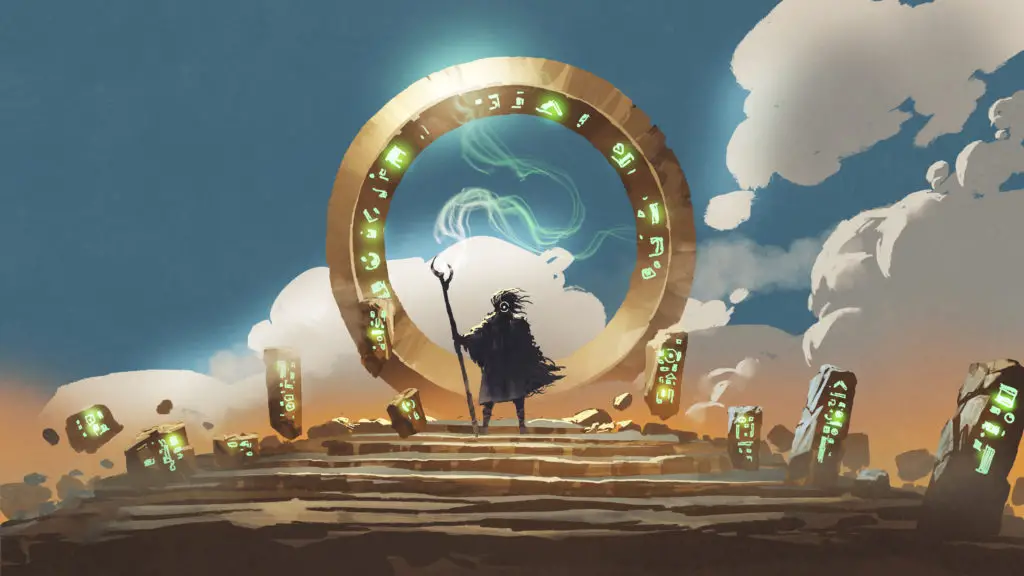
But Tolkien bucked the trend. His stories took place in the same fantastical world in which is began: Middle-Earth.
This epic fantasy story was for children but with a darker and harder edge. A band of friends unites to transverse the landscape beyond their borders and hope to someday return home. But not by clicking red shoes, flying through the sky, or entering through magical furniture, but by crossing it on their own two feet.
Tolkien’s work wasn’t a “let me introduce you to all the fantastical delights.” Instead, it was a story of exploring their own lands beyond their borders. The band of friends was flawed, scared, and always hungry while on a mission. But there was a purpose to their wanderings, where actions had consequences, and some of these consequences were dire indeed.
Children’s Fantasy Starts Ditching ‘Portals to Another World’
The idea of starting and ending fantasy stories in a single world instead of having characters venture into a seperate fantasy world caught on. This included integrating the fantastical into settings meant to be our own ‘real world’. Examples of this in children’s fantasy books include E.B. White’s Stuart Little and Charlotte’s Web. Likewise, this is also true of Roald Dahl: Charlie and the Chocolate Factory, The BFG, The Witches, and much more.
However, they did not necessarily embrace Tolkien’s darkness. Roald Dahl even addresses this in Matilda, where she tells Miss Honey, “There aren’t many funny bits in Mr. Tolkien, either.” When Miss Honey asks if children’s books should have funny bits, Mathilda is emphatic, “I do.” She insists, “Children are not so serious as grown-ups and love to laugh.”
J.R.R. Tolkien was Inspired by Epic Poetry and Myths
J.R..R Tolkien wasn’t reinventing fantasy but reimaging ancient epic poetry. One of his literary passions was Beowulf, credited as the oldest English epic poem. Thus, Tolkien spent a great deal of time translating it, and, rightly or wrongly, his son released it to the greater public. It is a fantasy tale set on Earth, with flawed heroes and complex villains, where the characters’ actions produce consequences.
Tolkien adored these epic fantasy poems set in our world, including Homer’s Iliad & Odyssey. But his imagination was most captivated by Norse mythology. His love of these tales is reflected in his work.
Tolkien Was Inspired By Finnish Folklore
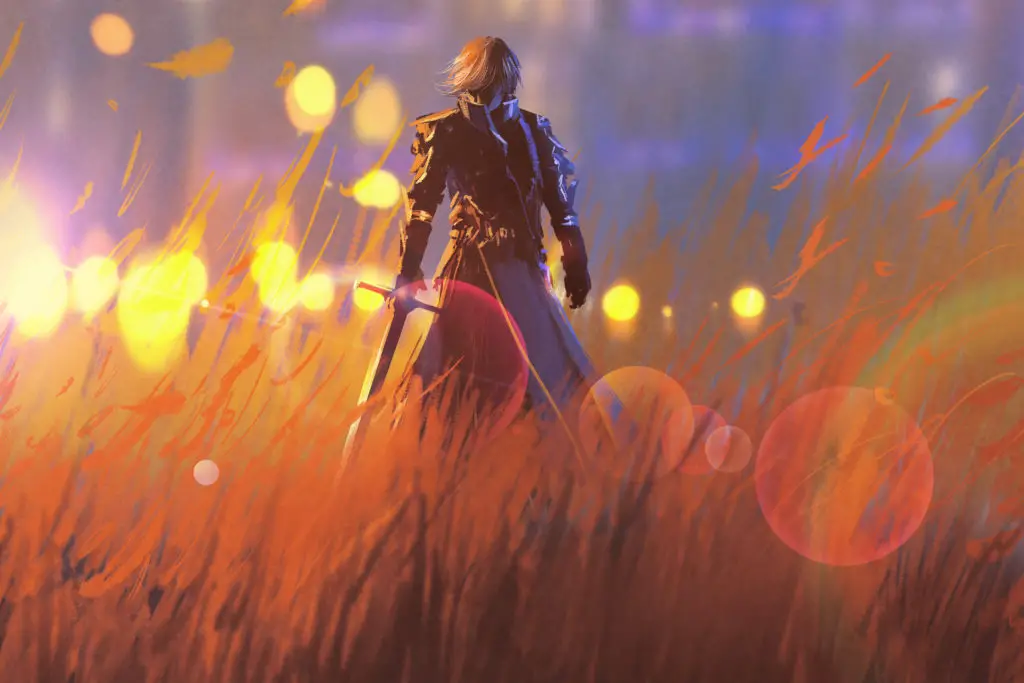
Tolkien was a linguist before becoming a writer and was captivated by the Finnish language and literary tradition. Gandalf was inspired by Odin, the great Norse god, and Väinämöinen, a Finnish demigod. His invention of Quenya, the language of the Elves, draws from Finnish. Thus, before The Hobbit and the renowned Lord of the Rings, Tolkien tried to breathe new life into Finnish epic poetry.
One of his first attempts to “write legends of my own” was The Story of Kullervo, essentially a prose retelling of the epic poem Kalevala. He wrote it between 1914 and 1915 while an undergraduate at Oxford. It is a dark and tragic story, a far cry from L. Frank Baum’s 1900 novel The Wonderful Wizard of Oz.
Tolkien Inspires A New Wave Of Sophisticated and Darker Fantasy
J.R..R Tolkien’s reach into history reignited a darker, more sophisticated and intricate fantasy world. While this lack of comedy was shunned by some, such as Roald Dahl, Tolkien’s darker, epic tales are reflected in many of our contemporary greats:
- Brandon Sanderson’s The Mistborn Trilogy
- N.K. Jemisin’s The Broken Earth Trilogy
- George R.R. Martin’s Game of Thrones
These complex quests blur the lines of good and evil and dwell in a familiar land, almost like home. Their characters are flawed, suffer consequences for their actions, and darkness lurks everywhere, even crowding into our favorite character’s hearts.
Nor do the authors deny Tolkien’s influence. Brandon Sanderson has called himself “Tolkien’s grandchild” as he first came to epic fantasy through Robert Jordan, whose Wheel of Time is clearly influenced by The Lord of the Rings. George R.R. Martin has also been very open about how much Tolkien inspired his work.
Tolkien’s Influence On Retelling Older Fantasy
J.R..R Tolkien’s influence has even impacted the stories that came before him. The 2010 Alice in Wonderland is darker; the characters are bruised, battered, and even Alice has lost her innocent shine. A.C. Wise’s Wendy, Darling brings and dark and sinister edge to the tale of Peter Pan. These contemporary retellings of fantasy tales before Tolkien are born of Tolkien.
You see this in Gregory Maguire’s Wicked: Life and Times of the Wicked Witch of the West. Maguire uses the villain from Baum’s The Wonderful Wizard of Oz, published thirty-seven years before The Hobbit. Yet the back of Maguire’s book states that Wicked is “following the traditions of Gabriel García Marquez, John Gardner, and J.R.R. Tolkien.”
Conclusion
The fantasy stories before Tolkien are still strong in our culture, including Peter Pan, Alice in Wonderland, and The Wonderful Wizard of Oz. However, due to Tolkien, our relationship with these tales has changed. Audiences crave darker, more complex revisitation reflecting the harsher beauty in Tolkien’s beloved old epic poems. Thus, like Wendy Darling, our reading tastes have grown up.

